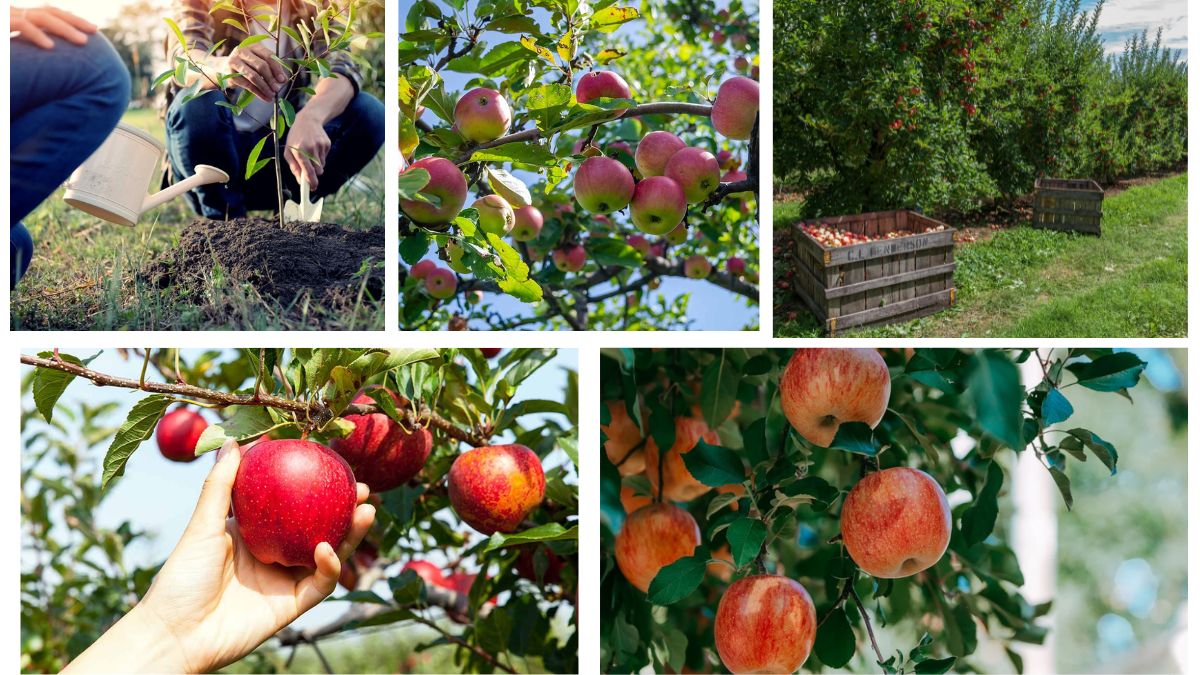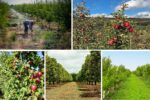Apple trees (Malus domestica) are among the most popular and rewarding fruit trees to grow in home gardens and orchards worldwide. Known for their crisp texture, refreshing flavor, and versatility, apples have become a staple in kitchens and fruit baskets everywhere. While apple trees are relatively hardy and adaptable, one of the most critical aspects of their care is proper watering.
Too little water can result in stunted growth, fruit drop, or small, dry apples. Too much water, on the other hand, can cause root rot, nutrient deficiencies, and disease. So — how often should you water an apple tree? The answer depends on the tree’s age, soil type, season, and local climate. In this article, we’ll explore watering requirements in detail and provide essential care tips for healthy, productive apple trees.
Why Is Watering Important for Apple Trees?
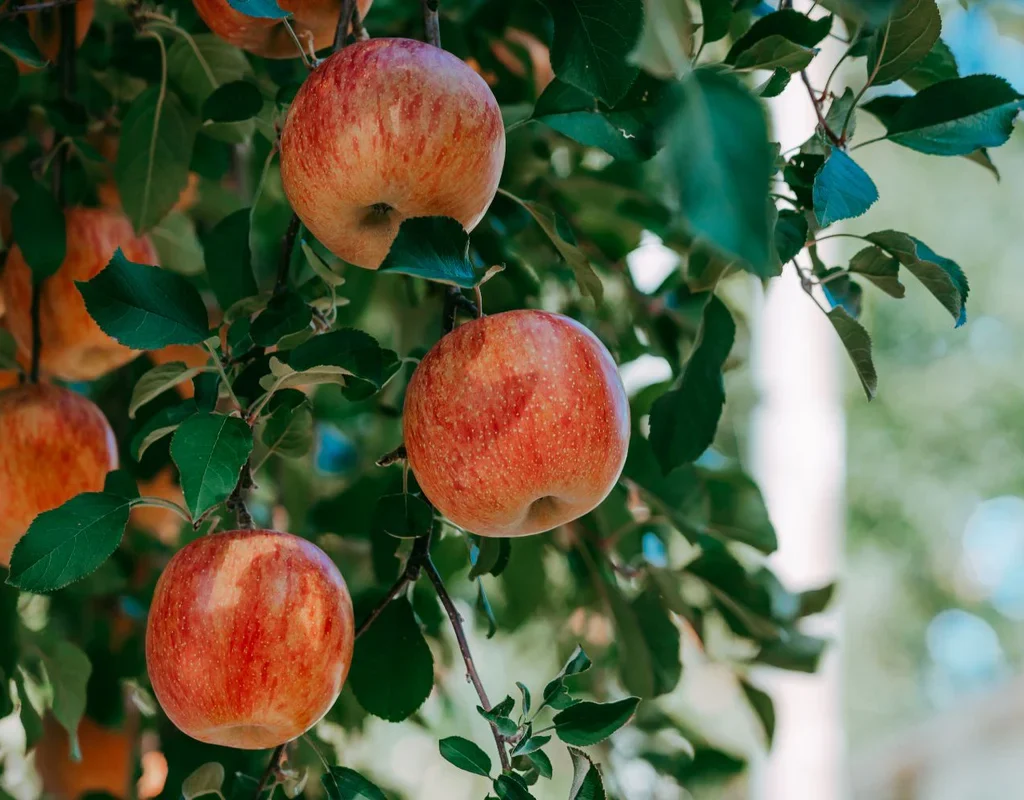
Water plays several vital roles in an apple tree’s development:
- Supports photosynthesis and transports nutrients.
- Maintains turgor pressure in leaves and fruits.
- Helps in fruit development, size, and sweetness.
- Aids in root expansion and overall health.
- Prevents stress-related issues like premature fruit drop or leaf scorch.
A well-hydrated apple tree produces not only larger quantities of fruit but also higher quality, juicier, and more flavorful apples.
How Often Should You Water an Apple Tree?
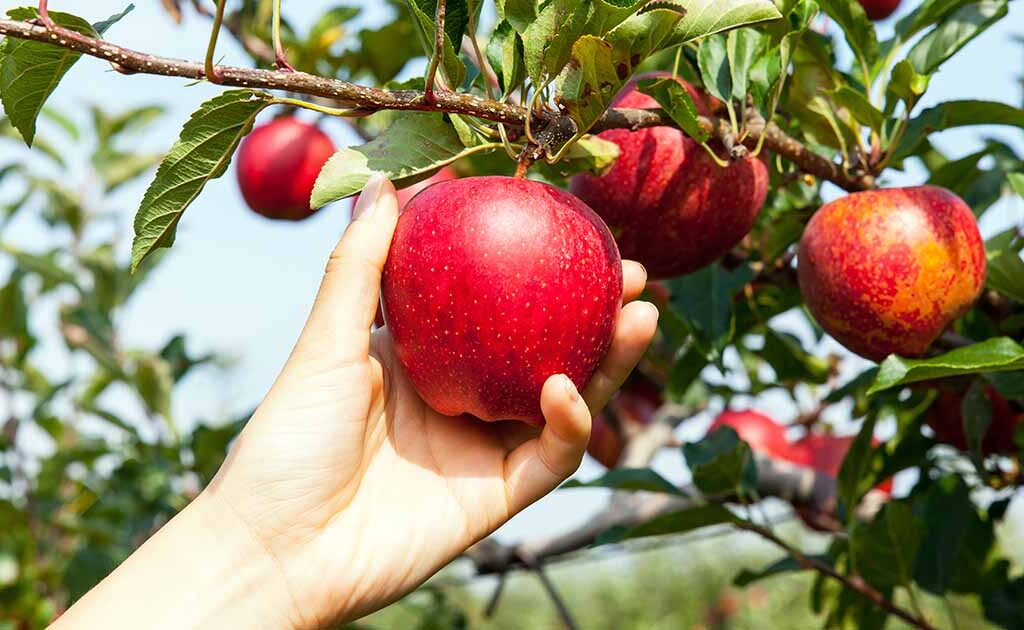
Watering frequency changes as the tree grows and according to the season. Here’s a simple guide:
| Tree Age | Watering Frequency |
|---|---|
| Newly planted (first year) | Every 2–3 days for the first month, then 1–2 times a week |
| Young (1–3 years) | Every 5–7 days, depending on soil moisture and weather |
| Mature (3+ years) | Every 7–14 days in dry weather, adjusting with rainfall |
| Fruiting season | Increase frequency to maintain consistent moisture |
| Dormant season (winter) | Water sparingly — only in dry, frost-free conditions |
Seasonal Watering Requirements
Spring
- As buds break and new leaves and flowers emerge, water deeply once or twice a week.
- Ensure consistent moisture for fruit set and blossom health.
Summer
- Critical period for fruit growth and tree health.
- Increase watering frequency to once every 5–7 days, more often during heatwaves.
- Deep, consistent watering is crucial to prevent fruit drop and poor-quality apples.
Autumn
- As growth slows and fruit matures, reduce watering gradually.
- Continue watering every 10–14 days in dry conditions.
- Stop regular watering after harvest, unless the soil is very dry.
Winter
- Apple trees are dormant and require minimal water.
- In frost-free, dry regions, water once every 3–4 weeks.
- Avoid soggy soil to prevent root rot.
How Much Water Does an Apple Tree Need?
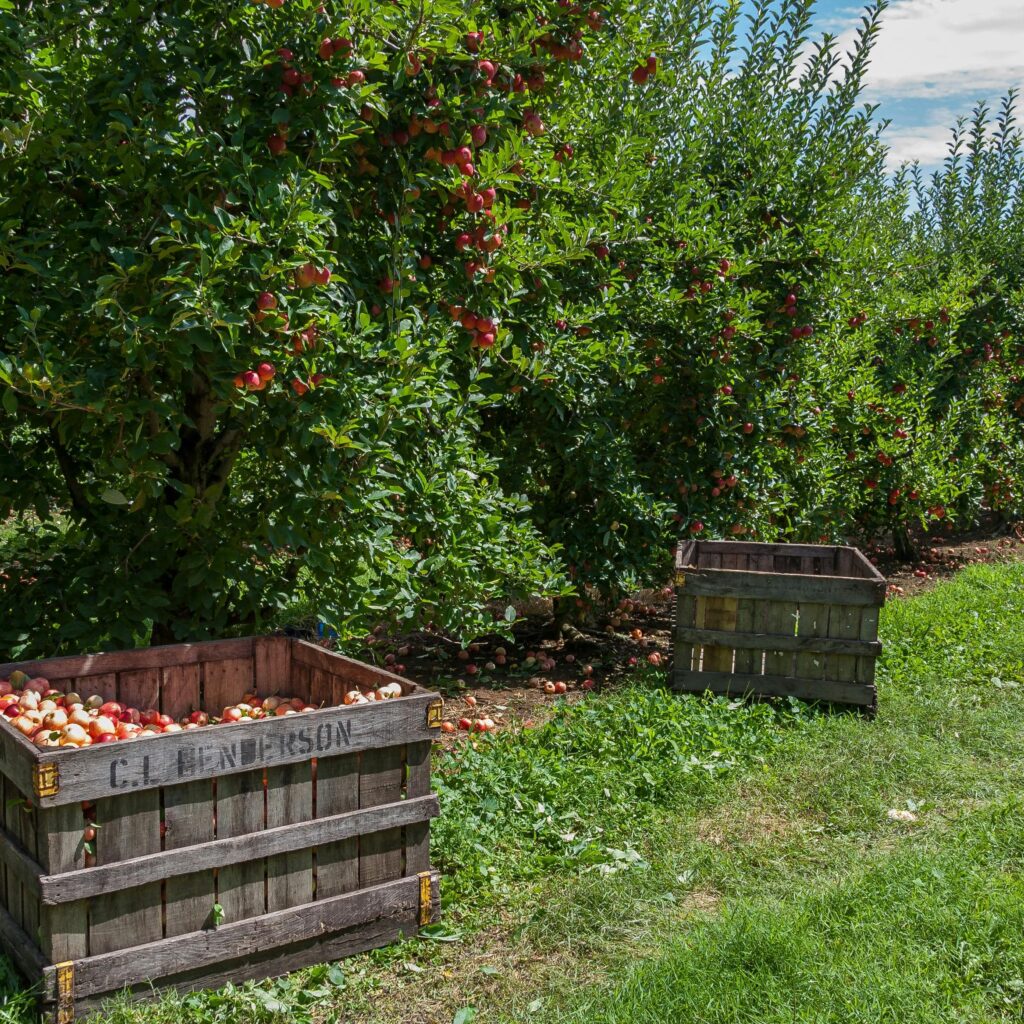
Deep watering encourages deep root growth, which makes apple trees more drought-tolerant and stable.
General Guidelines:
- Newly planted trees: 10–15 liters (2.5–4 gallons) per watering.
- Mature trees: 50–100 liters (13–26 gallons) per session during dry periods.
- Container-grown apple trees: Water when the top 2 inches of soil are dry.
Important: Water should reach a soil depth of 12–18 inches, where most feeder roots reside.
Watering Container-Grown Apple Trees
Dwarf and semi-dwarf apple trees grown in pots need more frequent watering than those in the ground.
Tips for container trees:
- Check soil moisture daily during warm months.
- Water when the top 2 inches feel dry.
- Use large, well-draining pots.
- Water until it drains from the bottom.
In summer, you may need to water every 1–2 days.
Soil Type and Watering Frequency
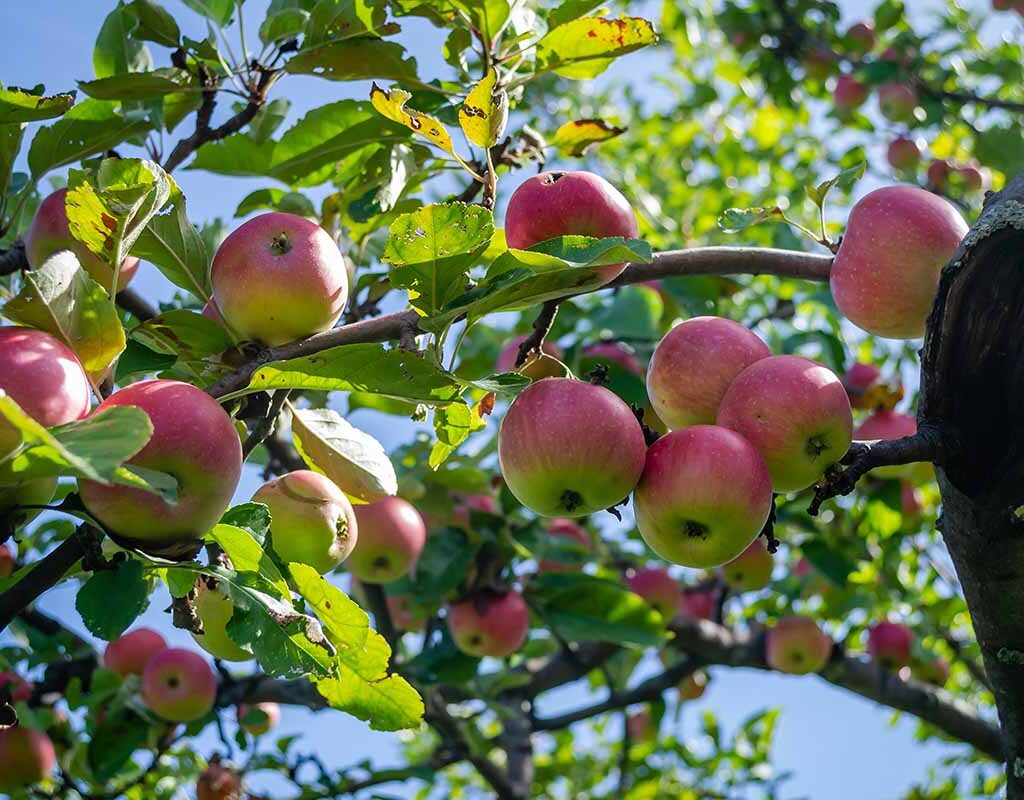
Different soil types absorb and retain water differently:
| Soil Type | Watering Frequency |
|---|---|
| Sandy soils | Drain quickly; water more frequently |
| Loamy soils | Ideal moisture retention and drainage |
| Clay soils | Retain water longer; water less often |
Improve heavy clay soils by adding organic compost and sand to enhance drainage.
Climate and Weather Considerations
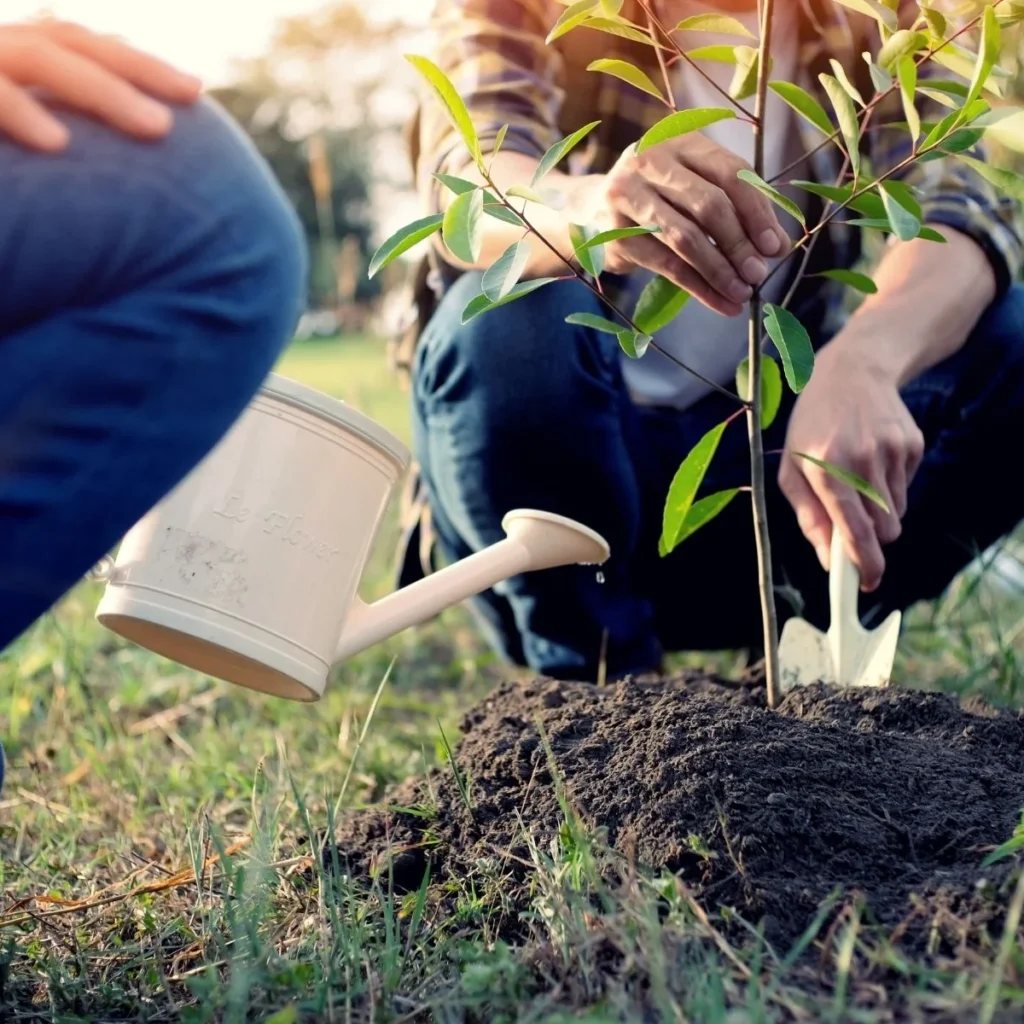
In hot, arid, or windy regions:
- Increase watering frequency, especially during dry spells.
- Use mulch to conserve soil moisture.
In humid or rainy areas:
- Decrease watering frequency.
- Avoid waterlogged soil, which can cause root rot and fungal diseases.
Best Time of Day to Water Apple Trees
The ideal watering times are:
- Early morning: Allows water to soak in before heat causes evaporation.
- Late afternoon: If morning watering isn’t possible, but avoid watering late evening to prevent fungal problems.
Mulching for Moisture Conservation
Mulch is highly beneficial for apple trees as it:
- Reduces evaporation.
- Maintains even soil temperature.
- Prevents weed competition.
- Adds organic matter to the soil.
Recommended mulch materials:
- Wood chips
- Straw
- Dried leaves
- Compost
Apply a 3–4 inch layer around the base of the tree, leaving a 6–8 inch gap around the trunk.
Signs of Overwatering and Underwatering
Signs of Underwatering:
- Wilting or drooping leaves.
- Dry, crumbly soil.
- Small, underdeveloped fruit.
- Early leaf drop.
Signs of Overwatering:
- Yellowing leaves starting at the base.
- Persistent wet or soggy soil.
- Root rot (soft, dark roots).
- Fungal growth on soil surface.
Pro Tip: Use a soil moisture meter or insert your finger 4–6 inches deep into the soil. If dry at that depth, it’s time to water.
Common Watering Mistakes and How to Avoid Them
| Mistake | Effect | Solution |
|---|---|---|
| Frequent, shallow watering | Shallow roots, drought sensitivity | Deep, infrequent watering |
| Overwatering in winter | Root rot and fungal diseases | Water sparingly in dormant season |
| Watering during peak heat | High evaporation, ineffective | Water early morning |
| Ignoring soil and climate | Uneven soil moisture | Adjust watering to local conditions |
When to Reduce or Stop Watering Apple Trees
After harvesting in autumn:
- Gradually reduce watering frequency.
- In areas with seasonal rains, natural precipitation may be enough.
- Avoid overwatering as the tree prepares for dormancy.
In winter:
- Only water during extended dry periods, and stop completely in areas with regular rainfall.
Conclusion
Watering is one of the most important aspects of apple tree care, directly affecting its health, growth, and fruit yield. Too little water stresses the tree and limits fruit production, while too much water leads to root problems and poor-quality fruit.
By adjusting your watering schedule according to the tree’s age, soil type, season, and local weather, you can keep your apple trees thriving. Always prioritize deep, infrequent watering and use mulch to conserve soil moisture. With consistent care and attention to moisture levels, your apple tree will reward you with crisp, juicy, and sweet apples for years to come.
So, whether you’re nurturing a newly planted sapling or tending to a mature tree in full bloom, remember: smart, well-timed watering is the root of a healthy apple harvest.
